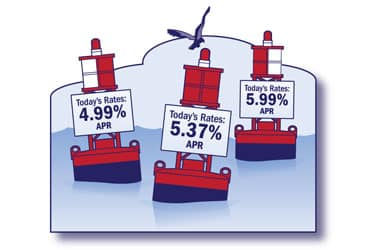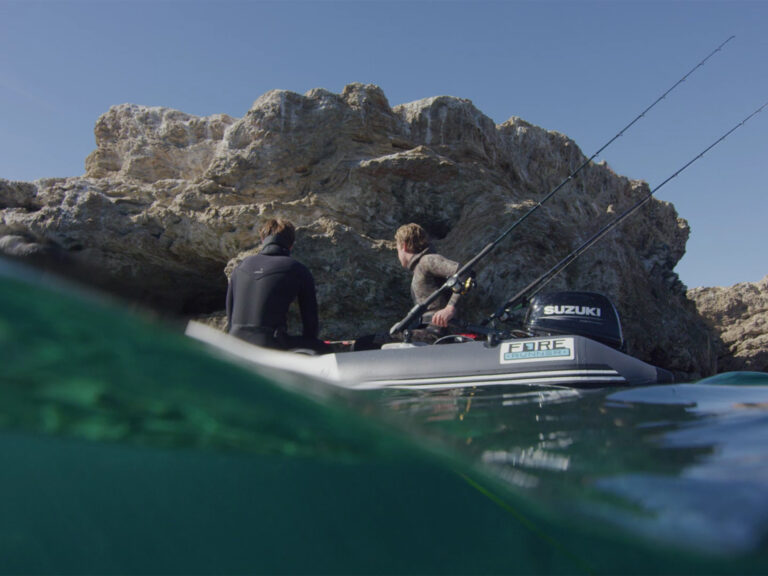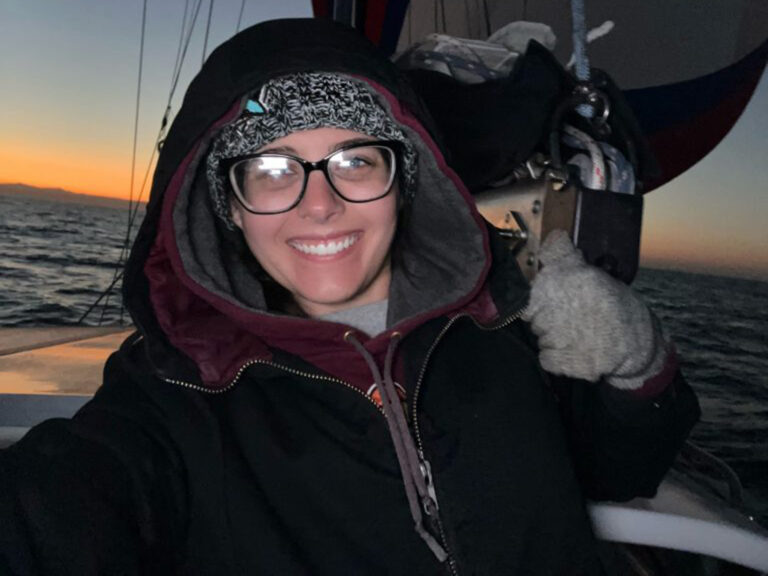
marine finance
The lending landscape changed radically between 2006 and 2009. Now, as we survey the field of marine financing, we find a smaller band of players humming a happier tune. “We’re seeing historically low rates in marine finance,” said Don Parkhurst, senior vice president of the Marine and RV Finance Division at SunTrust, in Virginia. Still, money doesn’t come easy. According to James Barron, senior vice president of Essex Credit Corp., in 2006 interest-only loan programs and no-down-payment options were available. “Such programs are uncommon today,” he said.
As we saw in the home-mortgage markets, around the middle of the last decade, bankers weren’t careful about qualifying clients. In those years, it wasn’t uncommon to see “no doc” loans—that is, loans that require no proof of income—going out for loans of $350,000 or more. At that time, dozens of banks and service providers competed for that same business. Today, the field is smaller, said Parkhurst, with just three national lenders—Bank of the West, US Bank, and SunTrust—plus a handful of regional lenders focused on marine finance. Service providers shop multiple lenders to locate loans for prospective boat owners. (Essex Credit is a hybrid; it’s both a service provider and a lender.)
How have the recent years affected your ability to get a boat loan? In 2006, “people with bumps on their record could get boat loans,” said Parkhurst. According to Barron, in 2009 most lenders were extending marine financing only to customers with credit scores above 690 and no credit issues. Today, consumers with minor bumps in their credit can find financing, although at a higher rate and with some program restrictions.
What sort of financing can you expect? Assuming you put 15 percent to 20 percent down, Parkhurst described rates of 4.5 percent to 5 percent on a 20-year loan as “rock bottom” and even “artificially low,” based on the Fed’s actions. And still lower rates of 4.25 percent are available in variable-rate loans whose rates are locked in for the first three years. If you’re trying to keep monthly payments low, Essex Credit offers a 30-year loan with a 30-percent-down program.








